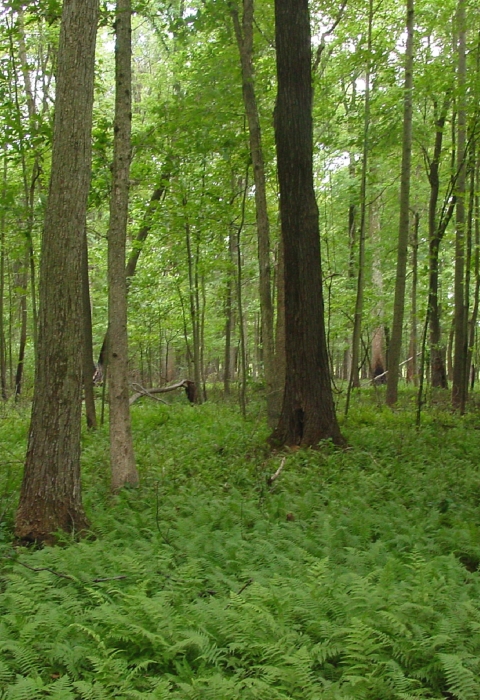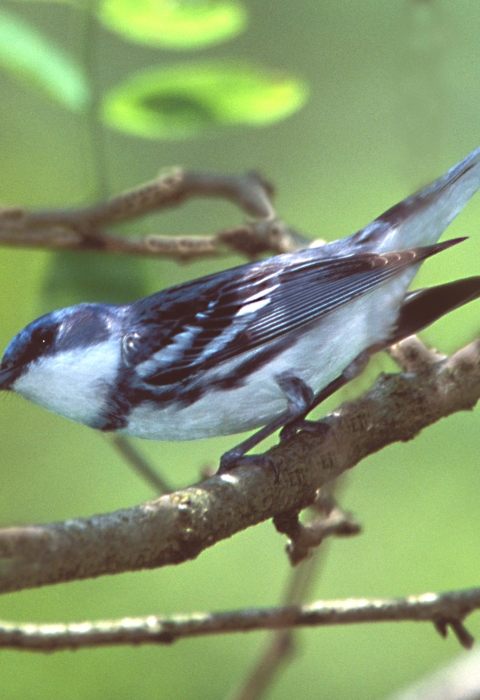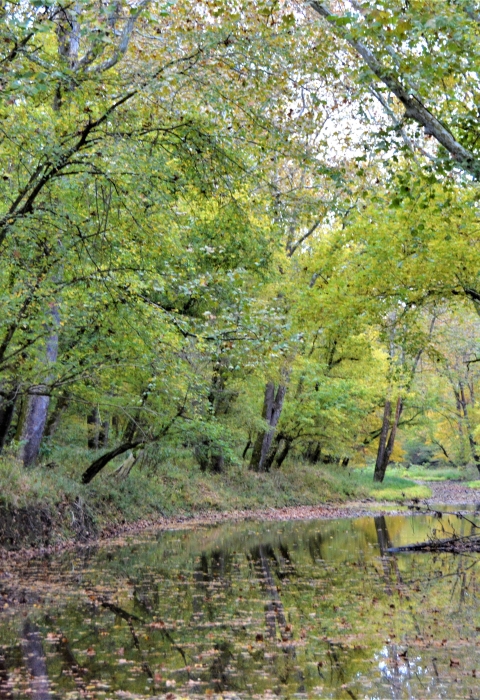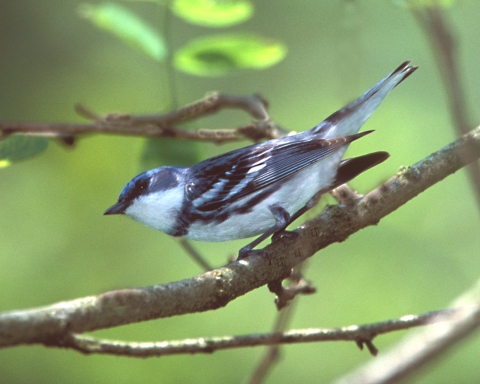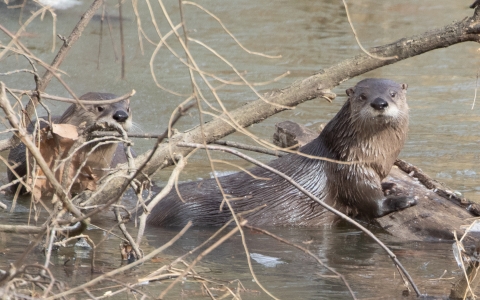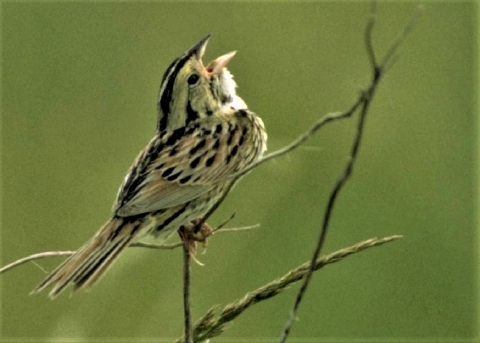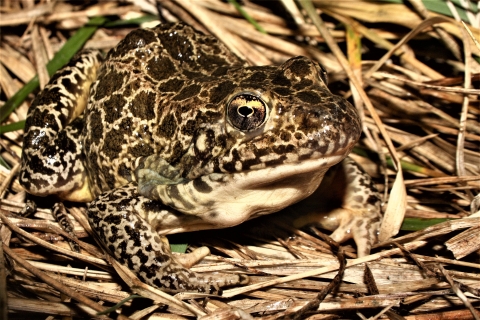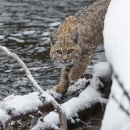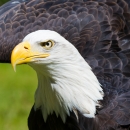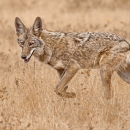Seasons of Wildlife
Spring
Spring comes early at Big Oaks National Wildlife Refuge, with woodcock often starting courtship displays at the end of January. Frog music fills wet road ditches and wetlands in February and March. April is the start of the main wave of songbird migration which peaks around the second week in May. By the end of May, white-tailed deer fawns are being seen.
Summer
Summer brings hot and humid weather. Henslow’s sparrows nest in the grasslands. Great blue herons tend youngsters in rookeries along refuge creeks and cerulean warblers build their nests high in the forest canopy. Wood ducks can be seen in the shallow waters of Old Timbers lakes with their families of young ducklings. Bald eagles bring fish to their young in the nest on Old Timbers Lake.
Fall
Fall is migration time and traveling ducks and geese visit Old Timbers Lake and refuge wetlands. Tree swallows and purple martins form large flocks before heading south for the winter. Many species of migrant birds pass through the area. Northern harriers, white-throated and white-crowned sparrows, and red-breasted nuthatches appear.
Winter
Winter brings more ducks to Old Timbers Lake. River otters, a species that disappeared from Indiana and were reintroduced to the refuge in 1996, are somewhat easier to spot when lake edges and creeks are frozen. The mostly fish-eating otters are doing well on the refuge and increasing in numbers throughout the state. Migrant raptors, including golden eagles, northern saw-whet owls and short-eared owls, visit the area.
Featured Species
Big Oaks National Wildlife Refuge hosts one of the world’s largest populations of Henslow’s sparrows with more than 400 pairs on the refuge. These migratory birds can be found singing in the larger grasslands during the spring and summer breeding season. The best opportunity to see Henslow’s sparrows is through a guided bird tour (contact refuge office for information).
Cerulean warblers are found nesting high in the forest canopy in the more mature forests of Big Oaks National Wildlife Refuge during the spring and throughout the summer. You may have the opportunity to see a cerulean warbler in the day use area. Listen for the males's song and be ready to strain your neck! Binoculars are recommended.
Crawfish frogs, an Indiana endangered species, are also found at the refuge in small numbers. Refuge staff have been monitoring and managing small wetlands to try to assist the crawfish frog population for many years and the species is now increasing in numbers on the refuge.
